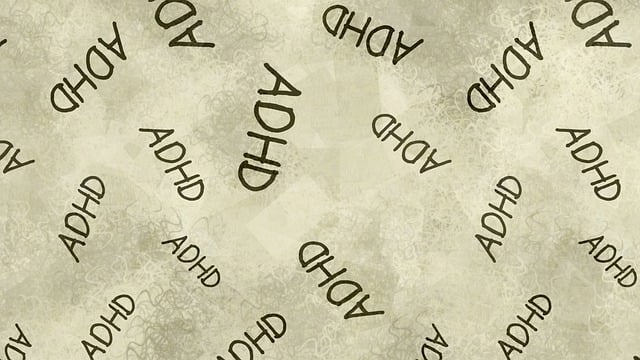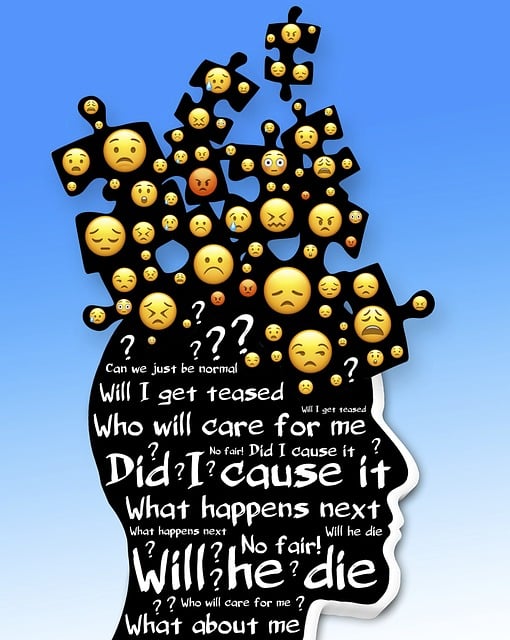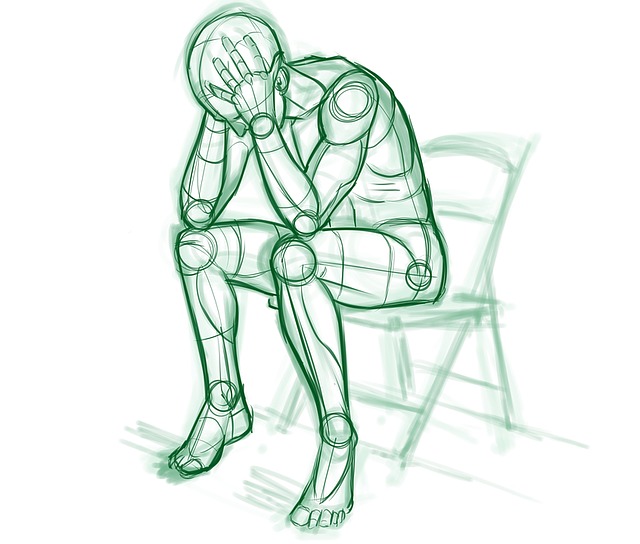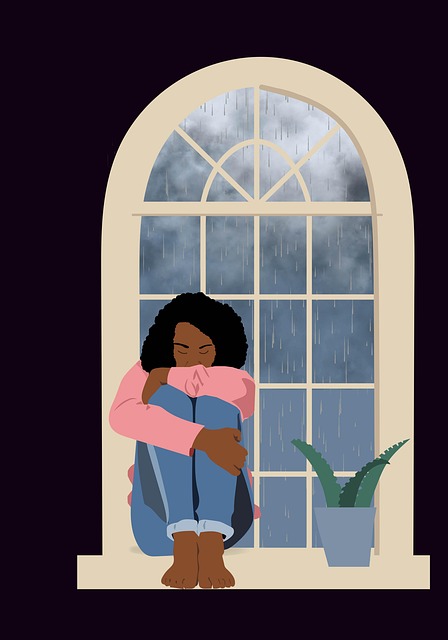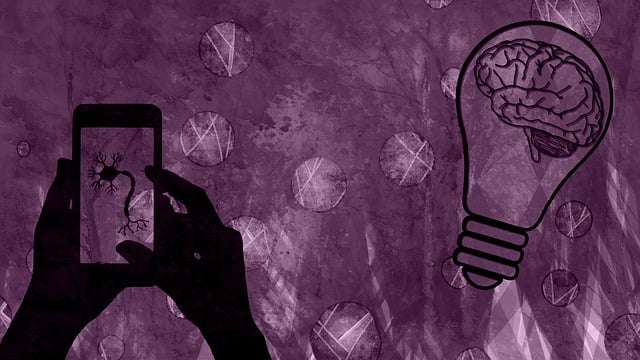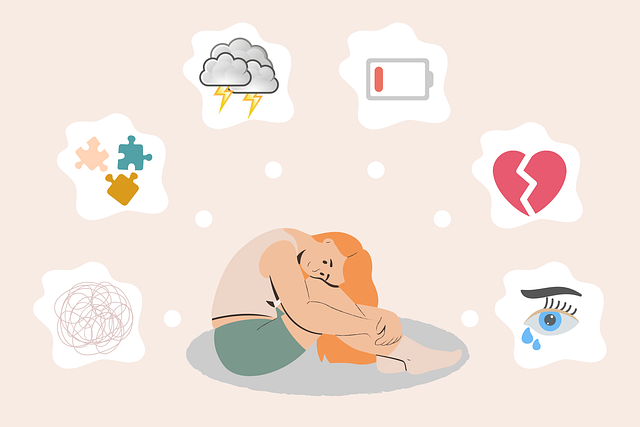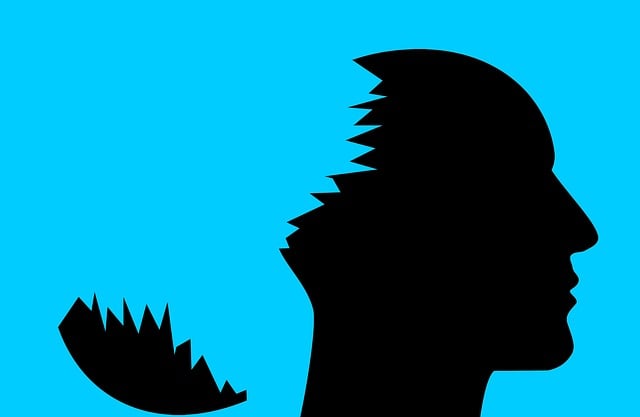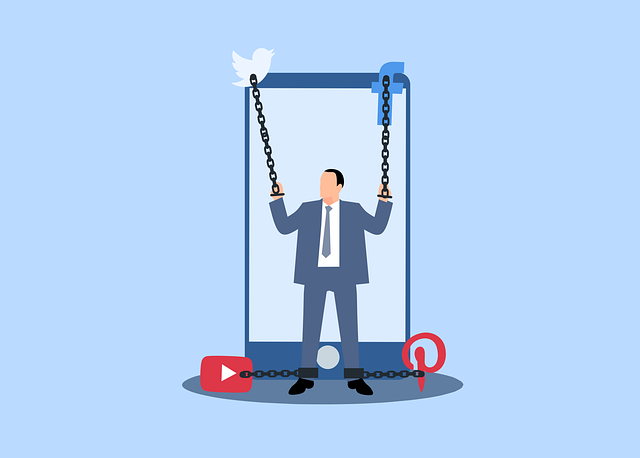The media's portrayal of mental illness profoundly impacts adolescent minds, with increasing screen time exposing teens to diverse but often distorted images of mental health struggles. Positive portrayals normalizing therapy and mindfulness can encourage teens to seek help and develop coping skills, while negative representations may lead to stigma and misinformed decisions. Advocating for balanced media coverage integrating therapy and support systems is crucial. Therapy sessions offer safe spaces for expression, empowering teens with evidence-based coping mechanisms and positive thinking tailored to their age group, ultimately contributing to improved mental well-being and life satisfaction.
Mental illness representation in media significantly impacts teen mental health. This article delves into the profound effects of media portrayal on young minds, focusing specifically on therapy’s role in addressing negative stereotypes often associated with adolescent divorce and mental health challenges. We explore effective strategies for positive representation that can foster understanding and reduce stigma. By examining these approaches, we aim to guide a more sympathetic narrative in media, ultimately enhancing support systems for struggling teens.
- Understanding the Impact of Media Portrayal on Teen Mental Health
- Exploring Effective Strategies for Positive Representation
- The Role of Therapy in Addressing and Mitigating Negative Effects
Understanding the Impact of Media Portrayal on Teen Mental Health

The media’s portrayal of mental illness can significantly shape young minds and impact adolescent teens’ mental health. With increasing screen time, today’s teens are constantly exposed to various forms of media, which often present distorted or stigmatized images of mental health struggles. From movies and TV shows to social media, these representations can either perpetuate harmful stereotypes or offer glimpes of hope through authentic storytelling. For instance, depicting a character undergoing therapy for adolescent teens’ divorce can normalise the idea of seeking help while showcasing the healing power of self-care practices like mindfulness meditation.
Such positive portrayals can encourage teens to open up about their struggles and consider developing coping skills. Conversely, negative or inaccurate representations may lead to stigma, fear, and misinformed decisions regarding mental health. Therefore, it’s crucial to advocate for more balanced and empathetic media coverage, promoting self-care practices and mindfulness meditation as viable tools alongside professional therapy for adolescent teens’ well-being.
Exploring Effective Strategies for Positive Representation

In the quest for positive representation of mental illness in media, exploring effective strategies is paramount. One powerful approach involves integrating therapy and support systems into narratives, particularly focusing on issues relevant to adolescent teens, such as divorce. By showcasing characters engaging in therapy sessions or building supportive networks, media can dispel myths and reduce stigma associated with mental health struggles. Incorporating these elements can also inspire viewers by demonstrating the potential for healing and growth.
Additionally, leveraging mental wellness podcast series production offers a unique avenue for promoting self-care and awareness. Podcasts can provide educational content on topics like self-esteem improvement and self-care routine development for better mental health, making complex issues accessible and relatable. This medium allows for honest conversations about mental illness, fostering understanding and empathy among listeners. Such initiatives contribute to a more nuanced and compassionate representation in media, ultimately challenging societal perceptions and encouraging support for those facing mental health challenges.
The Role of Therapy in Addressing and Mitigating Negative Effects

Addressing mental illness representation in media is a multifaceted challenge, but therapy plays a crucial role in mitigating negative effects and fostering understanding. For adolescent teens facing the strain of divorce or other traumatic life events, specialized therapy sessions offer a safe space to express emotions, develop coping mechanisms, and cultivate positive thinking. Through evidence-based approaches tailored to their age group, young individuals can learn conflict resolution techniques that empower them to navigate interpersonal challenges with resilience.
These therapeutic interventions not only help in reducing the mental illness stigma but also equip teens with valuable skills for navigating future stressors. By providing a supportive environment where they can explore and process their feelings openly, therapy enables adolescents to develop healthier relationship dynamics and emotional intelligence, paving the way for improved mental well-being and overall life satisfaction.
Media representation plays a pivotal role in shaping societal perceptions, especially among adolescents. By adopting effective strategies for positive mental health portrayal, we can foster a more compassionate and informed society. Incorporating diverse narratives that reflect the complexities of teenage mental illness is crucial. This includes showcasing recovery stories and promoting open dialogue about challenges like divorce and its impact on youth. The article highlights the importance of therapy as a powerful tool to address negative media effects, ensuring adolescents receive the support they need during vulnerable periods. Through these collective efforts, we can create a more inclusive and supportive environment for young people navigating their mental health journeys.

